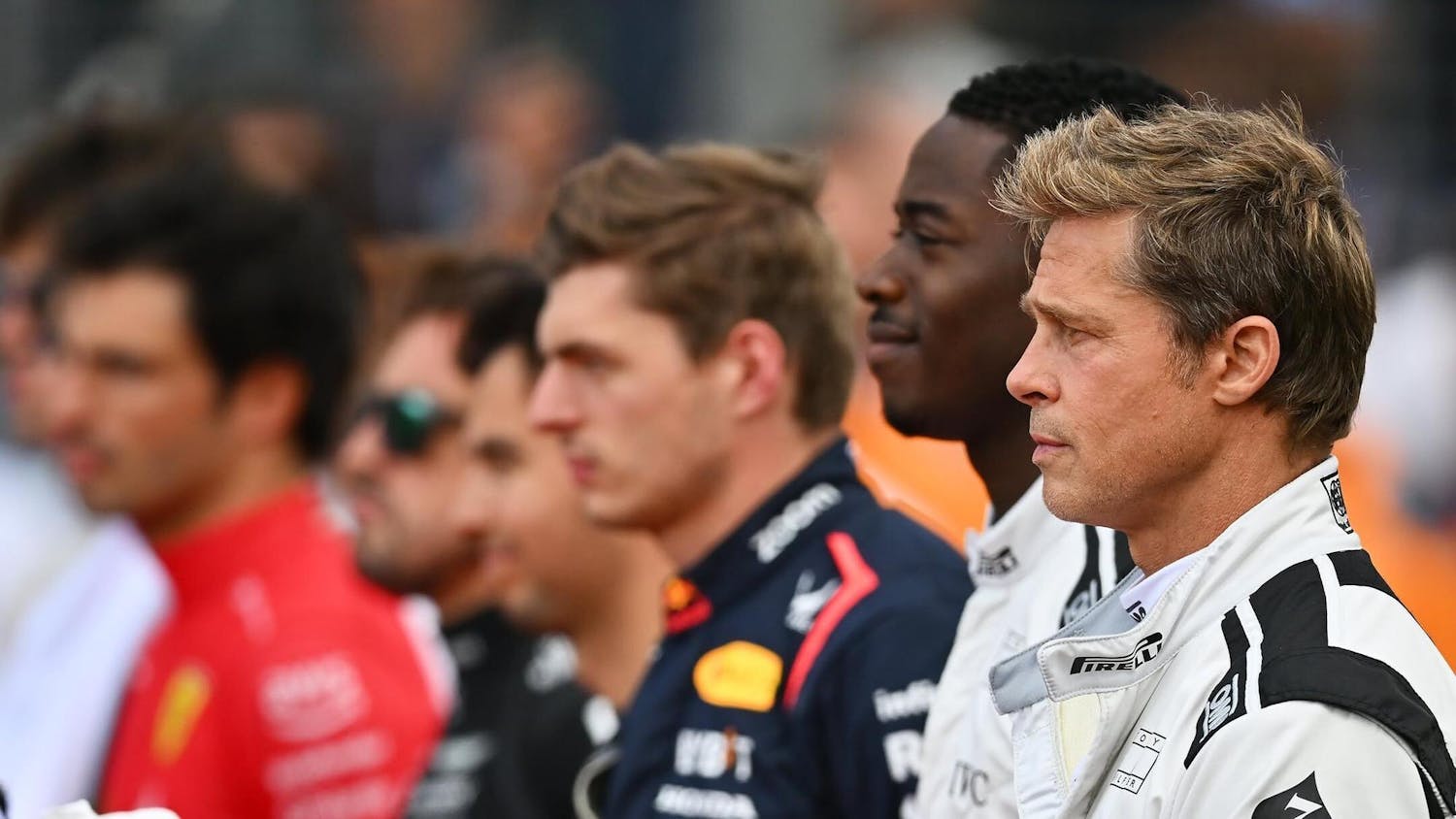The Peruvian dinner table orbits the sun.
The separation of day and night divides meal from meal and regulates what is eaten when. As in most cultures, Peruvian food is ordered by the time of day, but what this cuisine consists of makes the cooking distinct.
The traditional breakfast, lunch and dinner motions of the coastal and Andean cultures reflect a gastronomy governed by the land.
In the 1500s, potatoes were introduced to Europe. They came from South America, and today this starchy plant is Peru’s number-one export. Peruvians celebrate this root every morning with a traditional dish called Papa a la Huancaina.
Papa a la Huancaina is, in essence, a boiled potato. It is quartered and covered in cheesy turmeric sauce and then garnished with a hard-boiled egg or black olives.
Street vendors modernized this dish by wrapping it burrito-style in thin bread, but, in the heights of Machu Picchu, Papas a la Huancaina rests on a bed of lettuce and is made by villagers every morning.
Lunch in Peru is more diverse but only slightly: a cebiche or a grilled fish dish always crowns one’s platter.
Cebiche is a raw white fish (the pescatarian’s version of beef carpaccio) marinated in lemon and white onion and spiced with hot chili. It is cooked naturally by the acids in the marinade and is always paired with either sweet potato or sweet corn. Raw vegetables can complete this dish as well.
Not surprisingly, this tradition originated in coastal towns such as Lima, although Peru and Bolivia’s Lake Titicaca (the tallest commercial lake in the world) helped propagate it as well.
The altitude gap between mountain and coast is blurred by dinner in Peru. Between the glare of the sea and the snowy mountaintop, dinner is always “al lomo”: roasted, thinly sliced meat.
Alpaca is a popular dish. For special occasions, “cuy,” fried guinea pig, is eaten, too. The guinea pig is prepared in traditional Andean wood-burning ovens and is only for religious or folk ceremonies.
Between dawn and dusk, the time of day defines the Peruvian meal and helps one understand why certain foods are eaten when.
Cocoa leaves were munched for folk purposes but are now integrated into a tea to combat altitude sickness. The coffee bean was originally harvested for religious ritual but has now been modeled into a more caffeine-oriented use.
Food in Peru holds great significance as the sun rises and sets on the former Incan Empire.
Food Column: Potatoes in the sun
Get stories like this in your inbox
Subscribe




